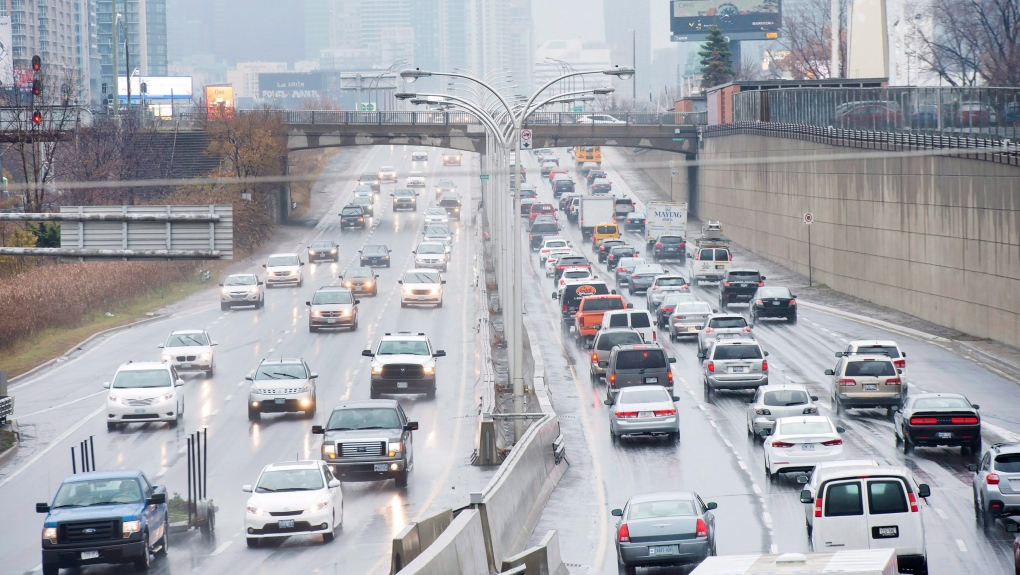lenaitch
Senior Member
Seeing as the numbering decisions happened around 1925, which predates just about every other highway milestone in the province, perhaps not surprising. Hwys 11 and 17 weren't completed, and the TCH wasn't a thing, all until the 1960s.As the transprovincial corridor that carries the national highway that should have a single number, that should not have even been factored in.
In Ontario, the the TCH follows two routes and, in Quebec, NB and NS, it not designated as Hwy 1 either, so at least we are in good company.






